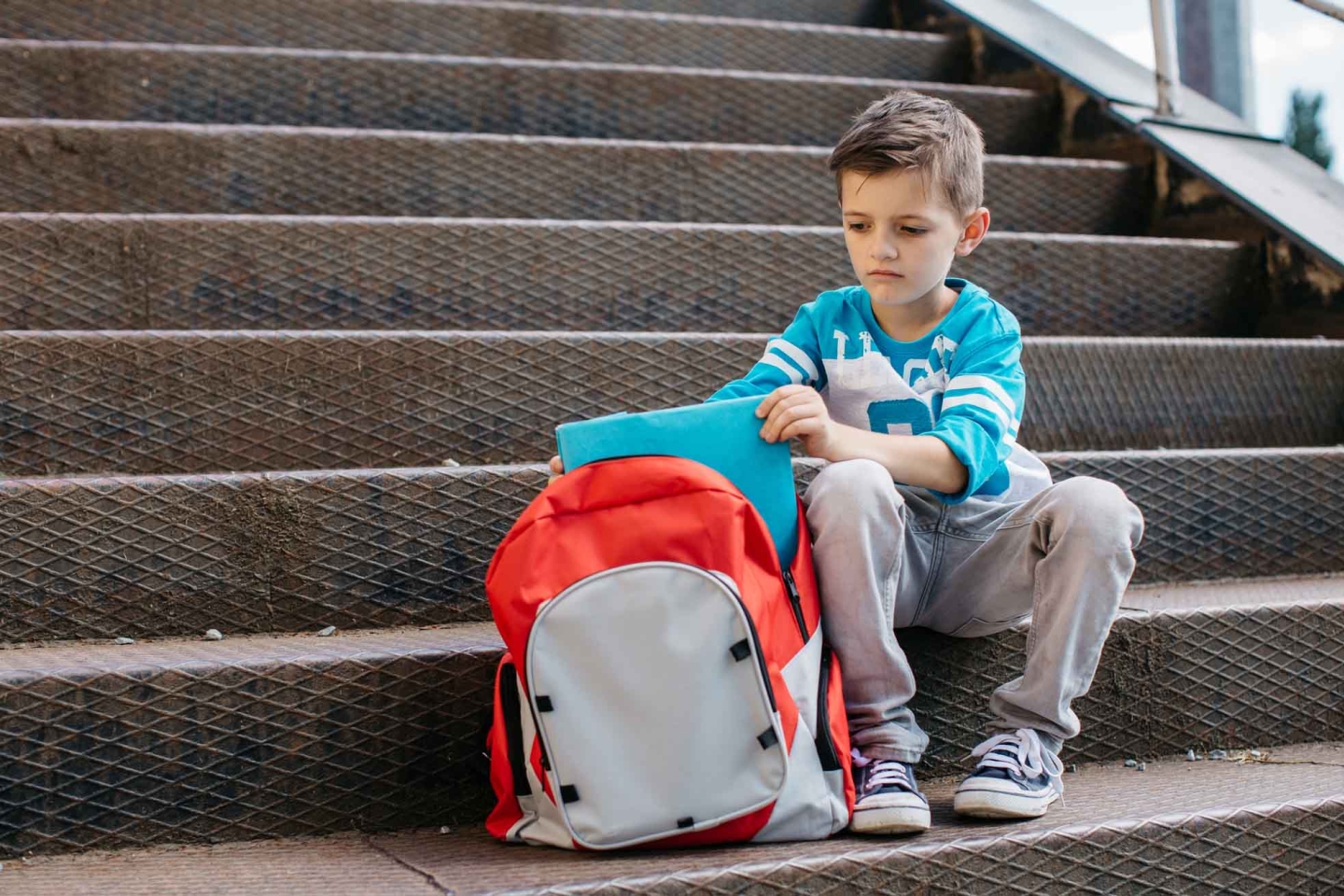
Anxiety is a normal emotion that helps us throughout life: it can drive us to study a bit more for a test, be more careful in traffic, and wash our hands more often during flu season. Anxiety, however, can become problematic and even debilitating for some, including children, adolescents, and young adults.
During the back-to-school season, many students and parents report a heightened level of anxiety. This is understandable. After all, returning to school means a change in routine and schedule, more time away from parents and family, academic pressures, and social challenges.
Here, two Weill Cornell Medicine child and adolescent psychiatrists provide helpful information about anxiety for students and parents: how children and adolescents experience anxiety, when it is a problem, and how best to find help.
Dr. Justin Mohatt, Assistant Professor of Clinical Psychiatry, specializes in evaluating and treating young patients with anxiety disorders.
“Certain fears and anxieties are normal in kids of all ages,” explained Dr. Mohatt. “So, it is important to differentiate normative experiences from something more worrisome. For instance, young kids often have fears of monsters or ghosts, but those same fears would be unusual at an older age. Different anxieties occur at different ages.”
Parents should be aware that children and adolescents, especially young children, often cannot express their distress or anxiety. Dr. Angela Chiu, Assistant Professor of Psychology in Clinical Psychology, practices at the Youth Anxiety Center at Weill Cornell Medicine. She explained that children and adolescents often use different terms to describe their feelings, such as “scary,” “panic,” or “crazy.”
“Often, children, adolescents, and young adults will show other signs of anxiety,” said Dr. Chiu. These include:
Distinguishing healthy anxiety from problematic anxiety or an anxiety disorder can be challenging.
Dr. Chiu explained, “The child or adolescent should seek treatment when the anxiety turns into avoidance and it gets in the way of him or her functioning normally. Anxiety is a problem when it’s so disabling and distressing that it is causing suffering or conflict in the family.”
If parents are unsure if their child’s anxiety is a problem, they should consider an evaluation from a board-certified psychologist, ideally, one who specializes in child and adolescent anxiety disorders.
Parents should be especially vigilant about seeking help if their child:
For any child or adolescent experiencing mild to severe anxiety about returning to school, an important first step is to determine the cause of the fears and concerns. For example, some students may have anxiety concerning the germs at school, some are concerned about academic expectations, and others worry about social pressures or interacting with peers on a daily basis.
Once the student and parent understand the root cause, it becomes easier for the student to talk about his or her fears more directly, as well as create strategies to confront and manage the emotions.
“We want to run away from things that make us feel nervous. This is part of our natural response to anxiety,” explained Dr. Chiu. “The best approach is to lean into the anxiety and still go to school. The best way to learn how to manage anxiety is to practice.”
Dr. Chiu emphasized that this can be a difficult task for anyone, including children, adolescents, and young adults. “It may not feel great to practice and face the thing that causes distress; this is to be expected. However, it is safe to feel anxiety and, with practice, it becomes easier. When someone with an anxiety disorder doesn’t practice, the emotions become stronger and more debilitating over time.”
Drs. Chiu and Mohatt both emphasized the importance of seeking help if the source of anxiety is unclear or if the student wants or needs additional guidance managing the emotions.
When it comes to back-to-school anxiety, Dr. Chiu finds that parents can significantly improve their child’s concerns and worries by offering support in the following three ways:
“It is helpful when parents offer encouragement and support,” explained Dr. Chiu. “Say things such as, ‘I can see how worried you are. I know it’s difficult. I’m very proud of how hard you have worked to manage these strong emotions.’”
Parents who enable the anxiety by keeping their child home from school prevent them from practicing ways to manage their anxiety. On the other hand, parents who adopt a “just do it” approach fail to support their child and acknowledge their feelings. Both of these extremes prevent the child from building confidence—and may lead to worsening anxiety.
With consistent and loving support, however, many children learn to manage their anxiety about school—as well as gain skills and coping techniques that they will prove useful well into their adult years.
If you or your child are experiencing back-to-school anxiety or another form of anxiety, be sure to learn more about our pediatric and adolescent psychiatry services for anxiety disorder.